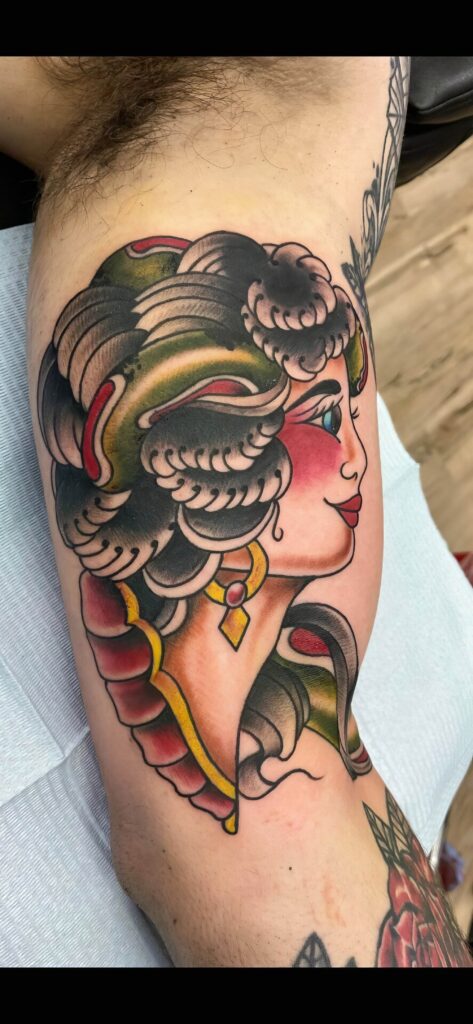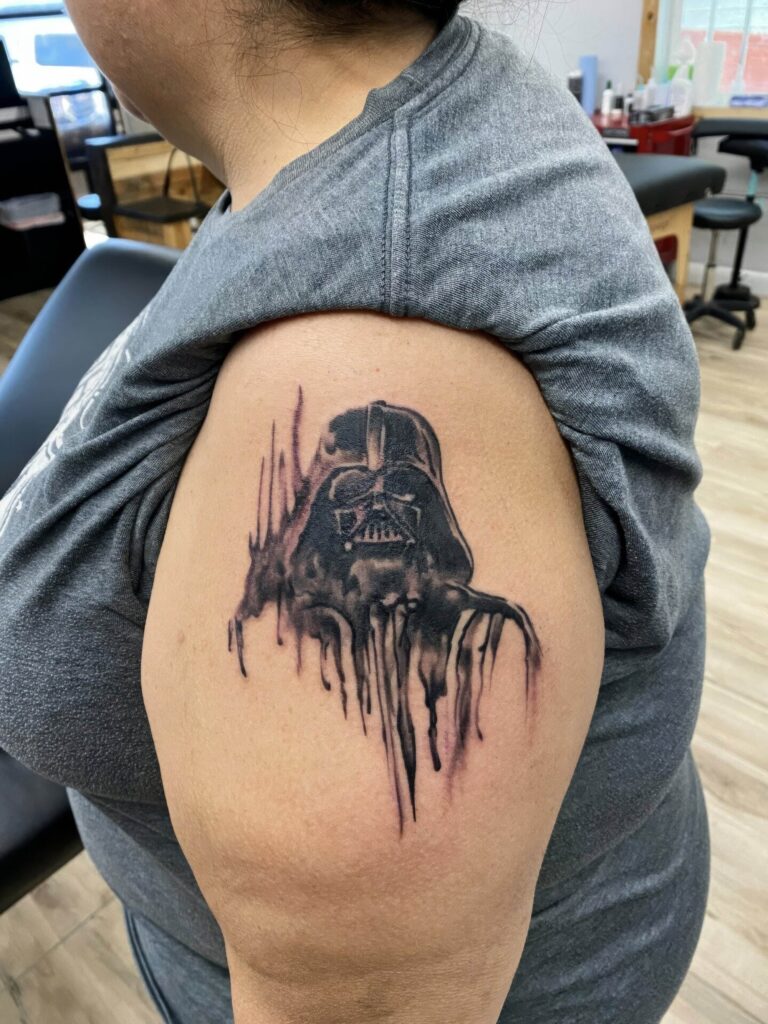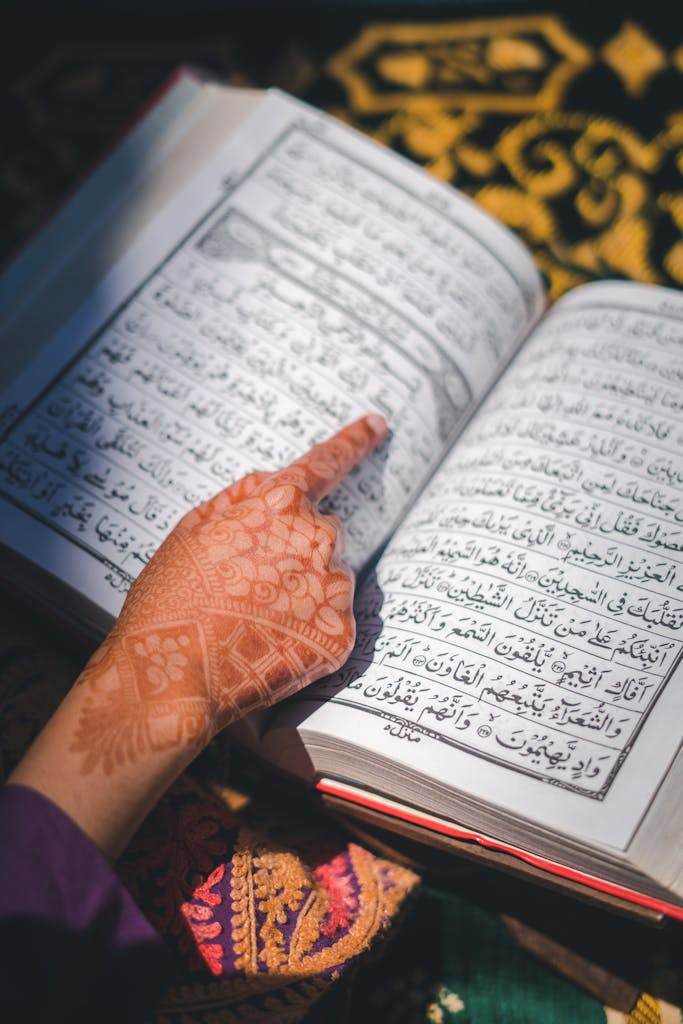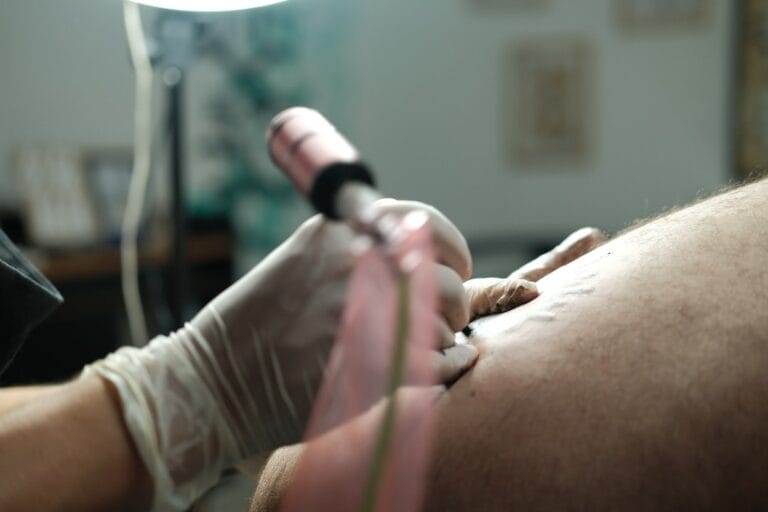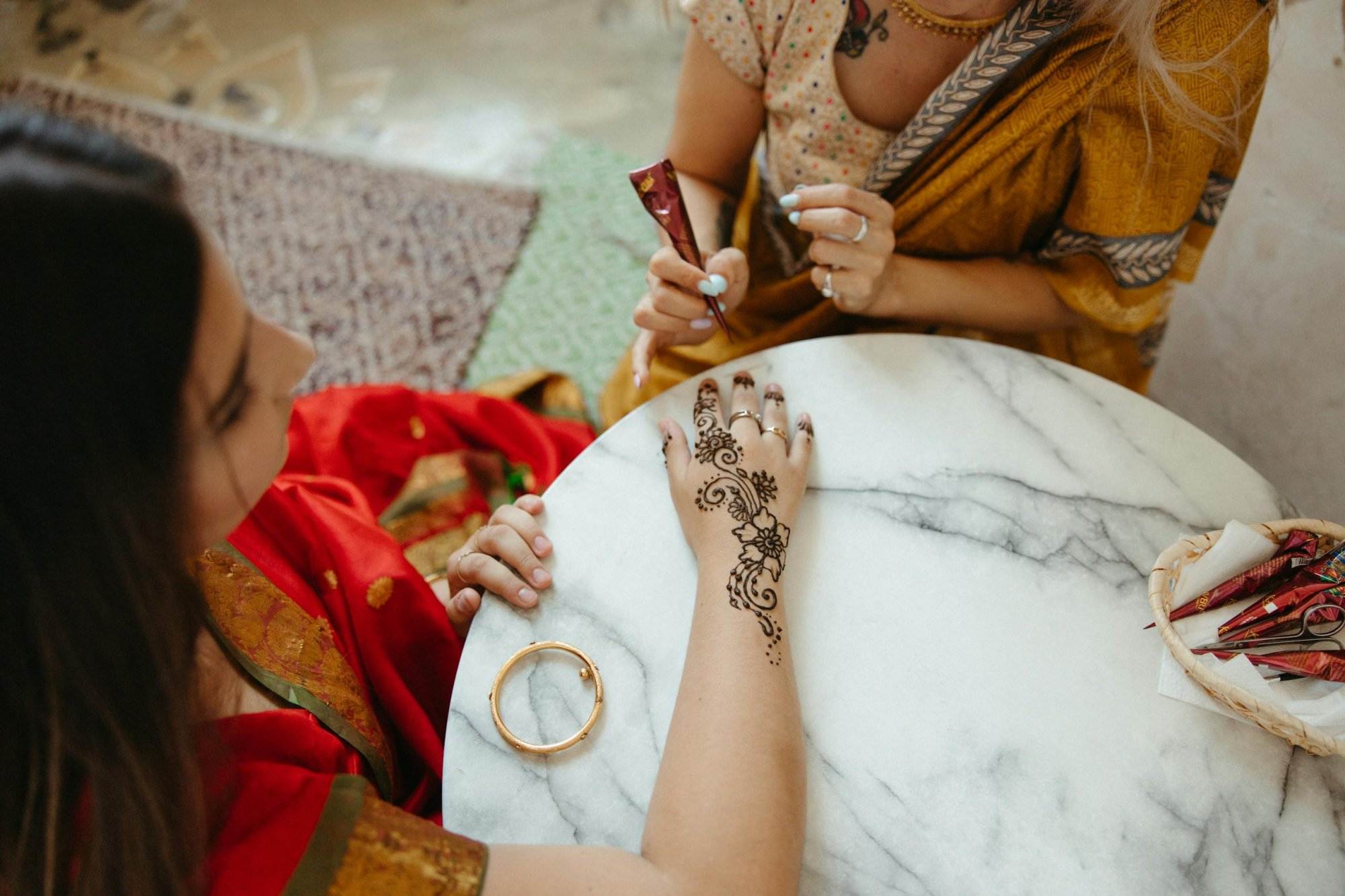
Introduction
Brief History of Hand-Poked Tattoos
Hand-poked tattoos have a rich and diverse history that traces back thousands of years, with evidence of their practice found in various ancient cultures around the world. This technique, often referred to as “stick and poke,” involves manually inserting ink into the skin using a sharpened object, typically a needle.
- Cultural Origins: Indigenous tribes, particularly in Polynesia and North America, incorporated hand-poked tattoos into their cultural practices, representing rites of passage or personal accomplishments.
- Historical Evidence: Archaeological findings have revealed mummified bodies adorned with intricate hand-poked designs, highlighting how enduring this art form has been throughout human history.
Rise in Popularity
In recent years, hand-poked tattoos have surged back into the spotlight, capturing the interest of a modern audience. This renaissance can be attributed to several factors:
- Artisan Appeal: Many people are drawn to the unique, often more personal touch of hand-poked tattoos, which differ significantly from machine-made designs.
- Social Media Influence: Platforms like Instagram and Pinterest have allowed artists to showcase their handiwork, sparking admiration and inspiring those seeking distinctive body art.
- DIY Culture: The rise of DIY trends has encouraged individuals to explore tattooing at home, promoting a deeper connection to their body art.
As hand-poked tattoos continue to gain traction, they are seamlessly blending tradition with contemporary aesthetics, ensuring their place in modern tattoo culture.
Hand-Poked vs. Machine-Poked Tattoos
Differences in Technique
When it comes to tattooing, the technique used can dramatically influence both the outcome and the experience. Hand-poked tattoos are created by manually inserting ink into the skin, while machine-poked tattoos utilize an electric machine that rapidly punctures the skin with multiple needles. Here’s a closer look at the core differences:
- Process:
- Hand-Poked: The artist uses a single needle connected to a stick or another handheld tool. This method allows for a slower, more deliberate approach.
- Machine-Poked: The tattoo artist uses a tattoo machine that moves needles in a fast motion, providing greater efficiency and speed.
- Final Result:
- Hand-poked tattoos often have a softer, more organic appearance, and may allow for detailed shading.
- Machine-poked tattoos can achieve precise lines and intricate designs more quickly.
Pros and Cons
Both techniques come with their own benefits and drawbacks. Pros of Hand-Poked Tattoos:
- Artisanal Feel: Many individuals appreciate the uniqueness and character of hand-poked designs.
- Lower Skin Trauma: This method is generally gentler on the skin, potentially leading to easier healing.
Cons of Hand-Poked Tattoos:
1
Time-Consuming:
The process can take longer compared to machine-poked tattoos.
2
Limited Detail:
For extremely intricate designs, hand-poking may not achieve the same level of detail.
Pros of Machine-Poked Tattoos:
1
Speed:
Artists can work more quickly, finishing larger tattoos in a shorter timeframe.
2
Precision:
Ideal for highly detailed or complex designs.
Cons of Machine-Poked Tattoos:
- Higher Skin Trauma: The rapid movements can cause more discomfort and longer healing times.
Ultimately, the choice between hand-poked and machine-poked tattoos boils down to personal preference and desired artistic expression.
Equipment Used in Hand-Poked Tattoos
Needles and Inks
When it comes to hand-poked tattoos, the equipment used is crucial in determining the quality of the final masterpiece. The two primary components are needles and inks, each playing a vital role in the tattooing process.
- Needles:
- Single Needle: Most commonly, a single needle is used for hand-poked tattoos, allowing for precision and finer detail.
- Group Needles: Some artists might opt for a cluster of needles called a “triad” for shading or creating bolder lines, offering more versatility in design.
- Inks:
- Quality Matters: Artists typically use high-quality tattoo inks that are non-toxic and specially formulated for safety and longevity.
- Variety of Colors: The variety of colors available allows for creativity, enabling artists to create vibrant and meaningful designs.

Safety Precautions
In any tattooing process, safety must be a top priority. Hand-poked tattoos are no exception, and practitioners should adhere to stringent safety measures.
- Sterilization:
- Always use sterilized needles and purchase single-use kits whenever possible to minimize the risk of infection.
- Hygiene:
- Ensuring that the tattoo space is clean and sanitary is essential. Artists should wear gloves and maintain a controlled environment to avoid contamination.
- Allergies and Skin Testing:
- It’s advisable to perform a patch test with the ink on a small skin area before the actual tattooing, ensuring no allergic reactions occur.
By prioritizing quality equipment and rigorous safety precautions, hand-poked tattoo artists can provide a rewarding and safe experience for their clients.
Pain Management during Hand-Poked Tattoos
Tips for Minimizing Discomfort
While the allure of hand-poked tattoos is captivating, managing pain during the process can greatly enhance the overall experience. Here are some tried-and-true tips for minimizing discomfort:
- Choose the Right Time:
- Schedule your tattoo session when you feel most relaxed and pain-tolerant; avoid times when you’re stressed or fatigued.
- Stay Hydrated:
- Drink plenty of water before your appointment. Staying hydrated helps keep your skin elastic, potentially reducing pain levels.
- Numbing Creams:
- Consider using a topical numbing cream prior to your session. Make sure to consult your tattoo artist about its application.
- Breathing Techniques:
- Practice deep breathing exercises during the tattooing process to help keep your body relaxed, which can reduce pain perception.
Aftercare Advice
Once the tattooing is complete, proper aftercare is essential not just for healing, but also to manage discomfort effectively.
- Keep it Clean:
- Gently wash the tattoo with mild soap and water. Pat it dry rather than rubbing to prevent irritation.
- Moisturize:
- Use a suitable aftercare ointment or lotion to keep the tattoo moisturized and promote healing.
- Avoid Sun Exposure:
- Protect your new ink from sunlight during the healing process to prevent burning and fading.
- Follow Guidelines:
- Adhere to your artist’s specific aftercare instructions, as each tattoo and individual may require customized care.
By implementing these pain management strategies and aftercare techniques, clients can enhance their tattoo experience and ensure a beautiful, lasting piece of art.
Popular Hand-Poked Tattoo Styles
Traditional and Modern Designs
Hand-poked tattoos offer a diverse range of styles, blending traditional techniques with innovative, modern designs. This versatility allows artists and clients to express their individuality in unique ways.
- Traditional Designs:
- Inspired by ancient cultures, traditional hand-poked tattoos often feature bold lines and symbolic imagery.
- Common motifs include tribal patterns, nature elements like flowers, and spiritual symbols that hold personal significance.
- Modern Designs:
- Today’s artists are experimenting with various styles, from minimalist line art to intricate geometrical patterns.
- Modern tattoos often incorporate surreal imagery, watercolor techniques, and custom illustrations, providing endless possibilities for expression.
Customization Options
One of the most exciting aspects of hand-poked tattoos is the opportunity for customization. Here are some popular customization options:
- Bespoke Designs:
- Clients often collaborate with artists to create unique pieces that reflect personal stories or experiences. This could include specific symbols, dates, or names.
- Size and Placement:
- Hand-poked tattoos are highly adaptable, allowing for small, delicate designs or larger, more intricate pieces. Clients can choose a placement that resonates with them, whether it’s hidden or prominently displayed.
- Color or Black and Grey:
- While many opt for classic black and grey tattoos, others may choose to incorporate color for added vibrancy and personality.
In summary, the world of hand-poked tattoos is rich with options, making it a perfect avenue for personal expression and artistic interpretation.
Choosing the Right Hand-Poke Tattoo Artist
Research and Portfolio Review
Selecting the right hand-poke tattoo artist is crucial in ensuring a satisfying experience and an exceptional final product. Beginning with thorough research is key to making an informed choice.
- Online Exploration:
- Look for artists who specialize in hand-poked tattoos. Websites, social media platforms, and tattoo forums are excellent places to find examples of their work.
- Pay attention to customer reviews and testimonials, as these provide insight into the artist’s professionalism and skill.
- Portfolio Review:
- Carefully examine an artist’s portfolio for consistency and versatility in their work.
- Consider the style and designs that resonate most with you. A well-rounded artist should showcase a variety of styles, from traditional to modern.
Communication and Collaboration
Effective communication is essential when working with a tattoo artist. It sets the tone for the entire experience:
- Initial Consultation:
- Schedule a meeting with the artist to discuss your ideas, inspirations, and expectations. This is a great opportunity to address any concerns you might have.
- Feedback Openness:
- Ensure that the artist is receptive to feedback, as collaborative efforts often yield the best results. A good artist will encourage your input while providing professional guidance.
- Comfort Level:
- Trust your instincts. Choose an artist with whom you feel comfortable sharing your vision and who respects your preferences.
By investing time in research and prioritizing clear communication, clients can find the perfect hand-poke tattoo artist to bring their vision to life, resulting in a memorable and fulfilling tattoo experience.
Cultural Significance of Hand-Poked Tattoos
Rituals and Traditions
Hand-poked tattoos have long been intertwined with various cultural rituals and traditions, playing significant roles in the lives of many communities. These practices often serve as rites of passage or markers of important life events.
- Coming-of-Age Ceremonies:
- In some cultures, receiving a tattoo signifies the transition from childhood to adulthood, symbolizing newfound responsibilities and societal acceptance.
- Spiritual Connections:
- Traditional hand-poked tattoos are often linked to spiritual beliefs. For example, indigenous tribes may include tattoos as part of healing rituals or as symbols of protection and guidance from ancestral spirits.
- Community Identity:
- Tattoos can represent the shared identity of a group, embodying values, beliefs, and histories. This sense of belonging is vital for many individuals as they connect with their heritage.
Symbolism and Meanings
Beyond aesthetics, hand-poked tattoos often carry deep symbolism and personal significance.
- Personal Stories:
- Many choose designs that reflect their unique life experiences, emblazoning their skin with stories of love, loss, or triumph. For instance, a simple symbol may represent a cherished loved one or a significant moment in one’s journey.
- Cultural Symbols:
- Various cultures employ specific symbols that convey particular meanings, such as strength, wisdom, or resilience. For example, in Polynesian culture, certain patterns can indicate social status or lineage.
- Expression of Identity:
- Hand-poked tattoos allow individuals to express their identity on a personal level, offering a canvas for self-representation, whether it’s through traditional tribal designs or modern, personalized motifs.
Understanding the cultural significance behind hand-poked tattoos enhances their value, transforming them into powerful statements of heritage, identity, and individual stories.




